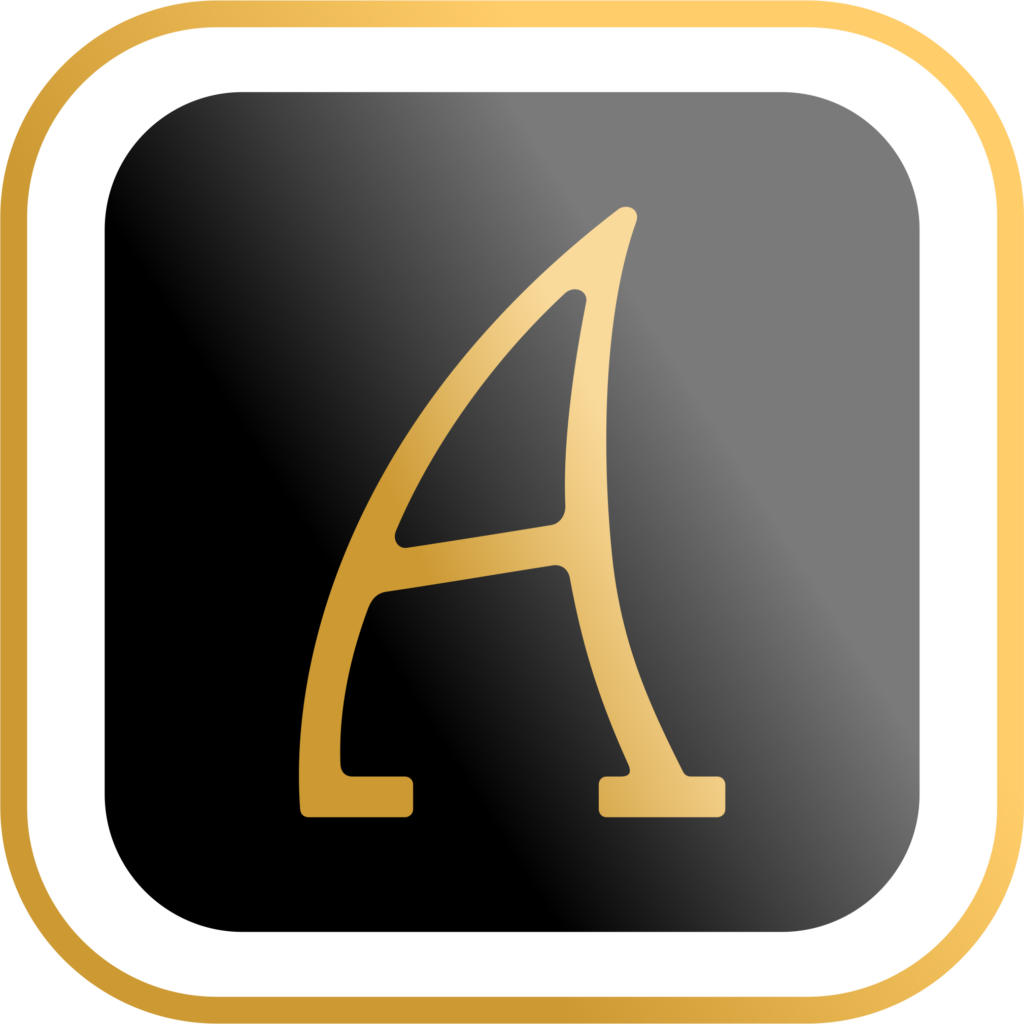
ATOLL Signature 2 is an updated application that allows you to control the Atoll Signature network players MS120, ST200 Signature, ST300 Signature, SDA200 Signature, and SDA300 Signature.
It offers a user-friendly, ergonomic interface, attractive features, and a unique browsing and listening experience.
Take control of your music wherever you are at home with the ATOLL Signature 2 application. Available free of charge, it is the ideal complement to Signature network players.
It is downloadable on Google Play and the App Store and adapts to all your smart devices.
Find the app on Google Play and the App Store.
Atoll Electronique works in partnership with various online music services to offer you a unique listening experience
through its “ATOLL Signature 2” application:
This video will present the
ATOLL Signature 2 application, an updated application designed to operate the Atoll Signature network players MS120, ST200 Signature, ST300 Signature, SDA200 Signature, and SDA300 Signature.
We recommend using a tablet to fully enjoy the ergonomic interface, smooth navigation experience, and application features.
The main navigation bar is always accessible.
The versatile main navigation bar, always available, allows you to set up and manage most of the application’s commands.
It is divided into three menus: a fixed menu, a primary menu and a secondary menu. These last two are “scrolling” menus.
Using the navigation bar:
Three menus.
The stationary menu allows you to manage most of the commands of the application. You can:
- Use the “Backwards” icon to return to the previous step and invalidate the choice just made.
- You can easily access the auxiliary inputs, the physical sources, from the “Expand” icon (dropdown arrow).
- Access all listening history from the “Recently Played” icon.
- Access the “Settings” menu to access device and application settings.
The primary menu allows you to discover the sources.
- Internet Radio stations, podcasts.
- Streaming music services.
- Multimedia inputs (Bluetooth, Media library and USB).
This menu is managed entirely from the “Settings” menu.
The secondary menu allows you to discover sub-menus linked to the sources. You can :
- Manage and access your favourites and playlists.
- Discover recommended stations.
- Discover the musical genres offered by streaming music services.
- Access to news, tracks, albums, collaborations…
- Go to search.
In the stationary menu, in the “Recently Played” menu, you can:
The “Recently Played” icon in the navigation bar allows access to the entire listening history.
Once in this menu, from the “ ![]() ” icon, you can:
” icon, you can:
- Add to favourites.
- Add to a playlist.
- See the artist.
- See album.
- Information about the artist.
- Album information.
- Track information.
- Add to playqueue.
- Add to the end of the playqueue.
In the docker, in the “Settings/Manage Sources” menu, you can:
- Hold and drag to change the display order of sources.
- Check/Uncheck the source of your choice so that it is displayed/hidden in the fixed menu in the main navigation bar.
- Easily disconnect from online music services. You can reconnect by pressing the connect button. You will be directed to the online service page.
In the docker, in the “Settings/Manage auxiliary inputs” menu, you can:
- Portuguese translations have been added to provide broader linguistic display possibilities.
- Change the name of auxiliary inputs.
- Show/hide the auxiliary inputs of your choice.
- Visible entries will be displayed in the docker in the main navigation bar.
In the primary menu, you can:
- Access streaming radio stations and podcasts.
- Access all the online music services with which Atoll Electronique partners: Qobuz, Tidal, Amazon Music, Deezer, Spotify and HighResAudio.
- Access the media library located on your network (computer, NAS).
- Access Bluetooth.
- Access the contents of your USB key or hard drive.
- Additionally, tooltips appear when you long-press the icons. This tool explains the actions that will be carried out in more detail.
Internet Radio and Podcasts.
In the primary menu, you can access the “Radio” or “Podcasts” source, then navigate to the secondary menu to view the different proposals: local radio stations, the most popular podcasts, and usage history, among others.
You will be able to:
- Filter radio stations by location, language, or genre.
- Search for radio stations or podcasts and store them.
- With a long press on the cover, you can add the station to your favourites or remove it, and you can also find information about the radio station.
Suggest content on Radio or Podcast.
It is possible to request the addition of a radio station or podcast that does not exist on the Airable list. To make this request, you must go to:
“Radio/Personalized Radio”.
- In the “Suggest content” button, you will be directed to the Airable service page.
- Please complete the questionnaire to request the addition of a radio station or podcast. You will receive an email telling you that your suggestion will be studied.
- The addition will be made within 48 hours maximum if the operation is possible.
The “Online music services”: a wide variety of streaming services.
- The primary menu allows you to access online music services, and the secondary menu lists each service’s features.
- For example, on Qobuz, in the “Discover” menu, you can choose the style of music proposed, which will be displayed in the middle of the navigation page.
- With a long press on the album art, you can:
– listen to it directly.
– add or remove it from favourites.
– see the artist.
– display artist information.
– add it to the end of the queue.
- With a click on the cover, you can access the album section.
- Then, access the media player to control the playback of your track: advance through the song, shuffle, repeat, increase the volume, etc.
In the “Album” section, you can:
- Add or remove it from favorites.
- Access album information.
- Access artist or album information by tapping the album “
 ” icon.
” icon. - Access track information by tapping the track “
 ” icon.
” icon. - Start playing a track from the album by selecting it from the list. The other tracks will be played automatically in succession.
The configurable play queue is located in the media player bar.
- Access the queue from the “
 ” icon.
” icon.
You can then:
- View tracks waiting to be played.
- Hold and drag songs to change their listening order.
- Clear all contents of the queue.
- In the “
 ” icon of a track, access the different functions of the song.
” icon of a track, access the different functions of the song.
In the search bar, in the secondary menu, you can:
- Access the search bar, which is always available to the user.
- Access an intuitive search, which makes the task easier for users.
- Find radio stations and podcasts from the “Radio” and “Podcasts” sources.
- Find artists, albums, collaborations, playlists, editors’ picks, and more from streaming music services.
- Find the latest search results in memory for faster access.
- Clear the entire search result or a specific search.


























